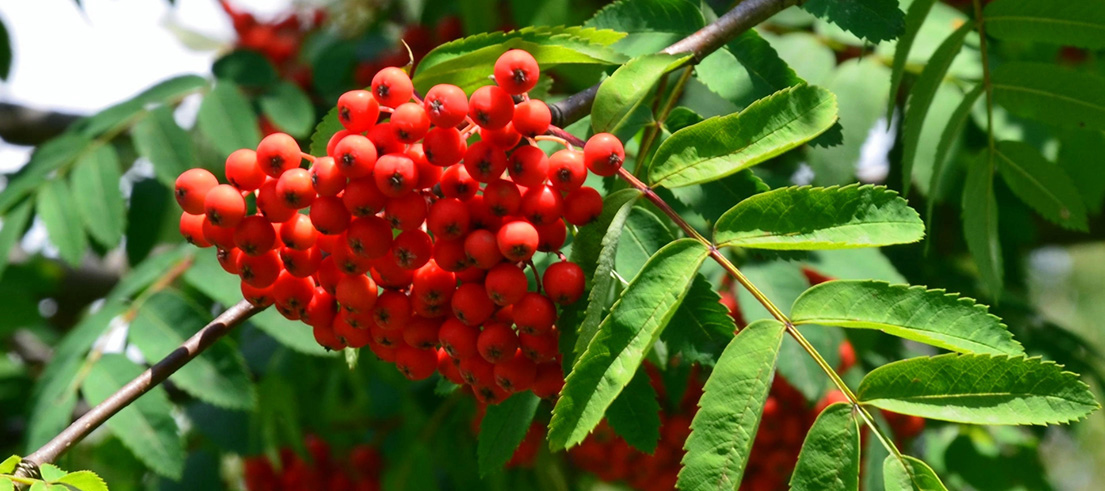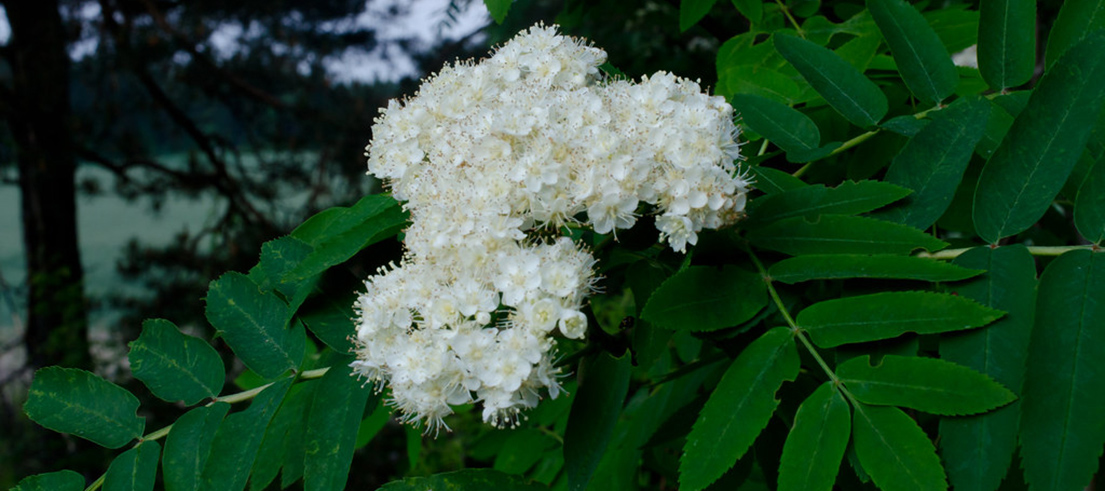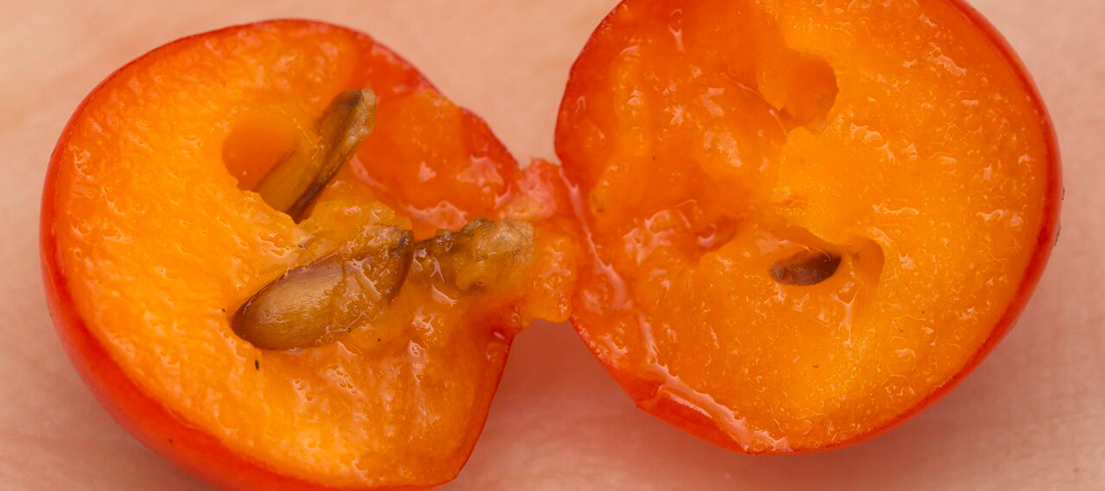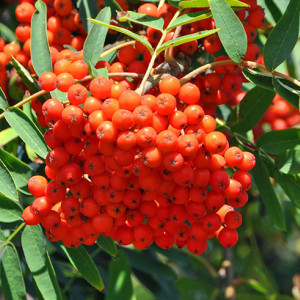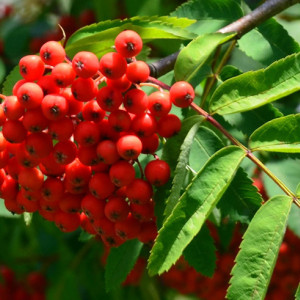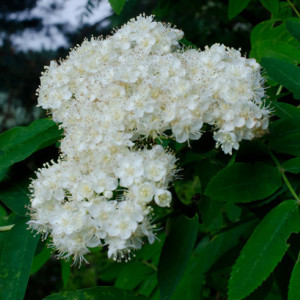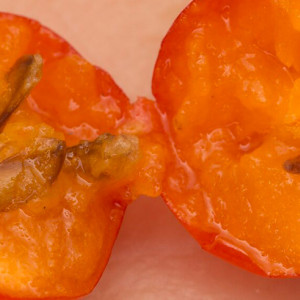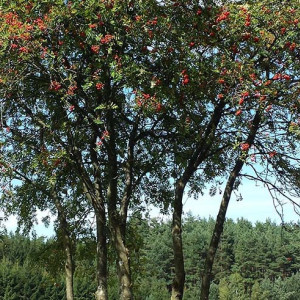A long-lived tree growing grow to around 8m tall with red to orange glossy fruit. It smothers native plants and easily germinates.
Description
- Leaves have less than eight pairs of leaflets that are toothed, hairless, and oval-like to lance-like.
- New stems have hair but become hairless as they mature.
- Stems are green to purple.
- Flowers are white to pink and clustered together and occur in spring.
- Seeds dispersed by birds. Human-induced spread by plantings and the plant trade.
- Habitats include gardens, grasslands, shrublands, riverbeds, coastal areas, wastelands, roadsides, and urban areas.
What you need to know
Smothers and outcompetes native plants. Prolifically produces seed that easily germinates.
Management approach
Community Led
These organisms have not been legally declared as pests but may be of interest to the public as they occur regularly in the environment. They may be capable of causing adverse effects to the values of Waitaha/Canterbury.
Consider removing this invasive species from your property and consult your local council for appropriate disposal. Consider lower-risk alternatives for your garden, such as native plants.
Control
Site management
Follow up treated areas three times per year. Encourage natural regeneration of native plants or replant treated areas where possible after two to three treatments to establish dense ground cover and minimise reinvasion.
Physical control
Dig out or cut close to ground level in conjunction with chemical control.
Plant parts requiring disposal: roots and fruit.
Contact your local council for appropriate disposal locations.
Chemical control
Herbicide products containing glyphosate, metsulfuron-methyl, or triclopyr.
Apply cut and paste or gel to stumps, additional applications may be required for new growth. Drill and fill with downward angled holes, foliar spray or basal spray around the lower trunk.
Caution: When using any herbicide or pesticide please read the label thoroughly to ensure that all instructions and safety requirements are followed.
Biological control
Biological control is currently not available for this species.



